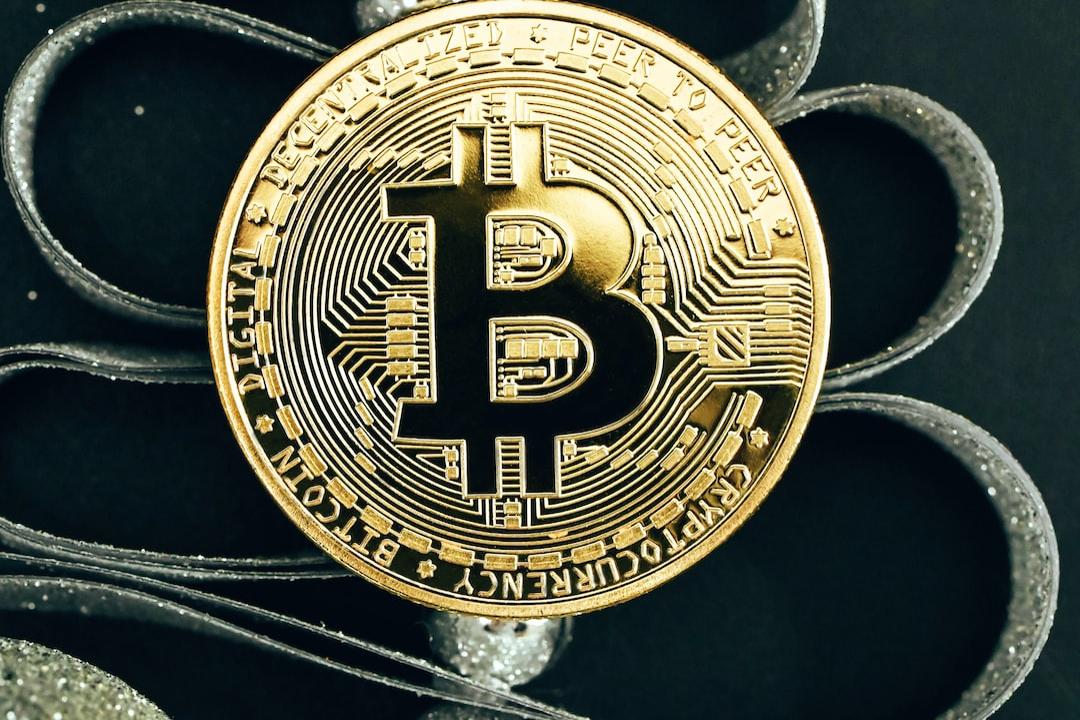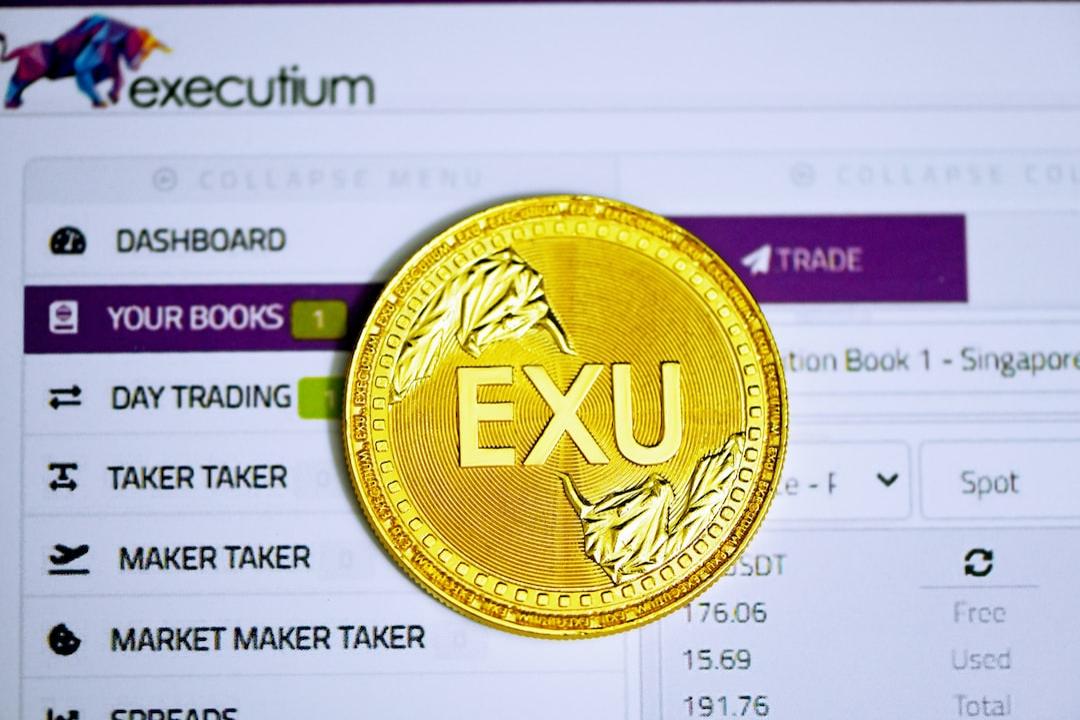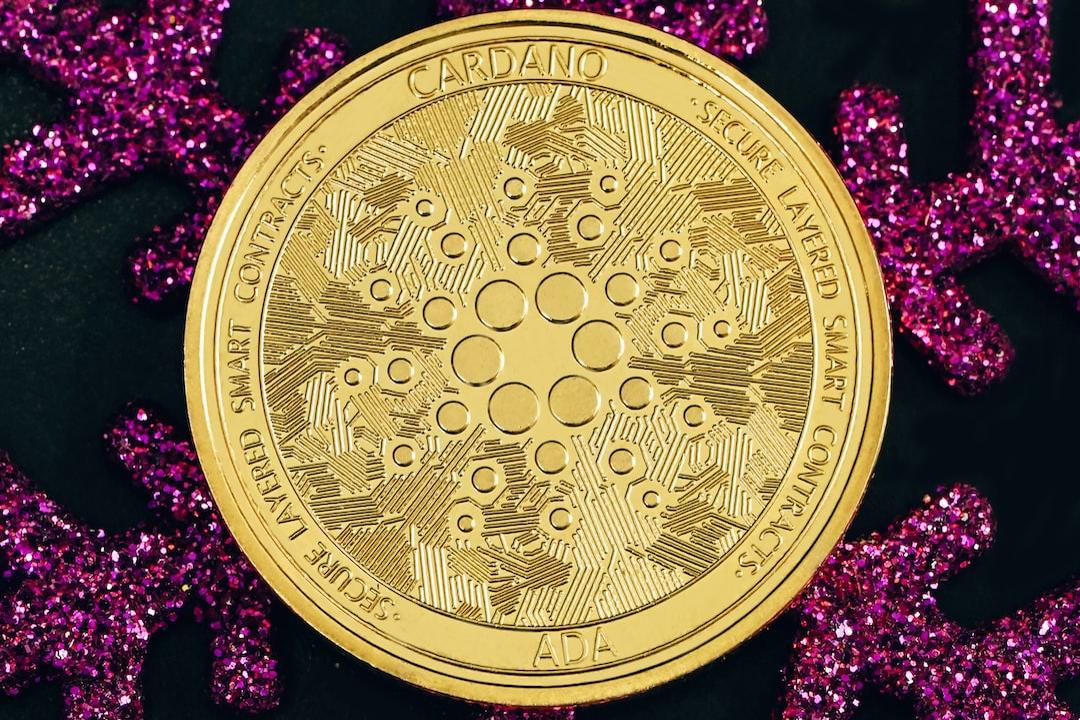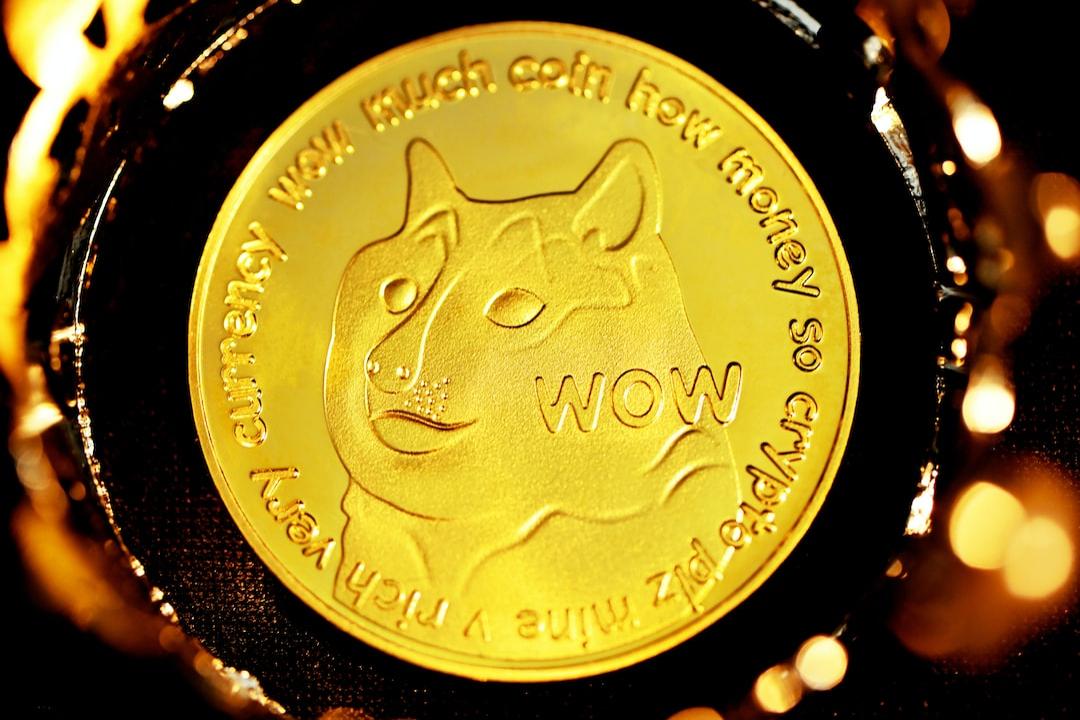With the launch of the Jito restaking protocol, Solana investors can now leverage their already staked SOL to earn higher returns and participate in airdrop opportunities. This article explores its operations and choice strategies. The article originates from research by crypto researcher flow, compiled and translated by BlockBeats.
(Background information:
Arthur Hayes: I am more bullish on Solana than ETH, election results don’t matter, “Fed rate cuts” are key
)
(Additional background:
The restaking protocol Solayer introduces new “stablecoin sUSD”: Enjoy RWA US Treasury stable returns, with a minimum threshold of 5 USDC
)
Table of Contents
What is Jito Restaking
Core Components of the Jito Restaking Framework
3 VRT Providers
How to Choose the Right VRT for SOL Restaking?
Further Analysis of the Differences between Kyros and Fragmetric:
This article introduces the restaking protocol Jito (Re)staking launched by Jito Labs on Solana, allowing the use of already staked SOL assets to earn higher returns and potentially participate in airdrops. Users can restake SOL through three providers (Renzo, Fragmetric, and Kyros), each offering different risks, liquidity, and potential returns. The article details their characteristics, recommending Kyros for those preferring a fair launch and potential airdrop returns.
For ease of reading, the original content has been edited as follows:
After successfully building the largest liquid staking protocol on Solana, Jito Labs brings another significant development: the new restaking protocol — Jito Restaking.
This restaking project launched today and will soon open for deposits, with an initial restaking cap of about $25 million (147,000 SOL). This presents a very attractive opportunity for those looking to earn higher SOL annual yields and participate in airdrop opportunities ahead of others.
Before diving into how to maximize this opportunity, let’s briefly review the basics of Jito Restaking.
Simply put, restaking involves using assets that have already been staked to provide security for specific decentralized services again. Although it may seem minor, it is actually one of the most promising innovations in this cycle. This concept was pioneered by EigenLayer and first launched on the Ethereum mainnet in June 2023.

An example illustration of how restaking actually works
Today, Jito finally brings this new technology to Solana through its restaking scheme.

Schematic diagram of the components of Jito Restaking
The Jito Restaking framework contains two main components: the restaking program and the vault program. They can be seen as two independent entities working together to provide a flexible, scalable suite of infrastructure for building and managing staked assets, Vault Receipt Tokens (VRT), and Node Consensus Operators (NCN).
VRT is Jito’s term for liquid restaking tokens, while NCN is akin to the active verification services in EigenLayer, representing entities that will utilize the Jito Restaking solution.
The main function of the restaking program is to manage the establishment of Node Consensus Operators (NCN), the user selection mechanism, and the reward distribution and penalty mechanisms. This part is invisible to users and can be seen as the core support of the Jito Restaking solution.
The vault program, on the other hand, is responsible for managing liquid restaking tokens (VRT) and customizing different restaking strategies through DAOs or automated protocols. This is the main interface for users to participate in restaking. Analogously, the restaking role in EigenLayer on Solana is performed by the restaking program, while the vault program is similar to EtherFi, acting as a liquidity layer between users and the core restaking protocol.

How the Vault Program Works – Illustration
In the initial stage, Jito is only collaborating with three VRT providers: RenzoProtocol($ezSOL), fragmetric($fragSOL), and KyrosFi($kySOL), which will jointly distribute the initial cap of 147,000 SOL. Therefore, any user wishing to restake SOL through Jito needs to choose from these three VRT providers.

Landing page image of Jito (Re)staking
Here are the main features of each VRT provider:

Choosing which VRT involves finding the best risk-reward ratio.
Here’s an analysis of each provider:
1. Risk: In terms of risk, the main concerns are protocol penalties (i.e., penalty risk) and liquidity risk. Since the current number of NCNs is small and in an early stage, all providers’ risks can be considered basically the same. Renzo and Kyros accept the most liquid JitoSOL, while Fragmetric accepts a wider variety of Liquid Staking Tokens (LST), which may increase its liquidity risk. Additionally, Renzo and Kyros’ VRTs will be liquid from the start, while Fragmetric’s tokens will initially be non-transferable. Therefore, regarding risk, Renzo and Kyros have the lowest risk, with Fragmetric being slightly higher.
2. APY Returns: The APY of each project is expected to be similar, but Renzo and Kyros, using only JitoSOL, may have a slightly higher expected APY than Fragmetric, though the difference will not be significant.
3. Airdrop Potential: Given all VRTs have similar risks and expected returns, the key factor in choosing a specific VRT lies in the potential for airdrop rewards. Renzo already has a token, although restaking may earn some future airdrop points, but the potential is relatively low. Both Kyros and Fragmetric currently have no tokens, with higher airdrop potential.
Fragmetric’s features: Expected to receive venture capital support, possibly following a high FDV, low circulation model; oriented towards technical and decentralized user groups; collaborating with risk management firm Gauntlet; tokens initially non-transferable; accepts multiple LSTs.
Kyros’s features: Supported by SwissBorg, helping to distribute $kySOL and potentially collaborating with key participants in Solana; likely to raise funds through a fair community-driven token model; has not yet started extensive promotion; NCN distribution method may be based on DAO voting; supports JitoSOL.
Overall, KyrosFi is more attractive in several aspects. First, the support from SwissBorg makes it easier to distribute $kySOL and opens doors for collaboration with key partners in Solana. Second, Kyros may adopt a fair launch approach. Lastly, Kyros is relatively low-profile at the moment, making its airdrop reward potential more attractive.
Of course, this is a personal opinion and for reference only, hoping this analysis helps you make a wiser decision when choosing to restake SOL.


?Related Reports?
Has Solana truly surpassed Ethereum EVM chains? Analyzing the competitive landscape from the quality of liquidity pools
Ethereum die-hard OG criticizes: Five reasons why Solana will not become the mainstream global blockchain
EigenLayer founder: 9 reasons why SOL cannot beat ETH

